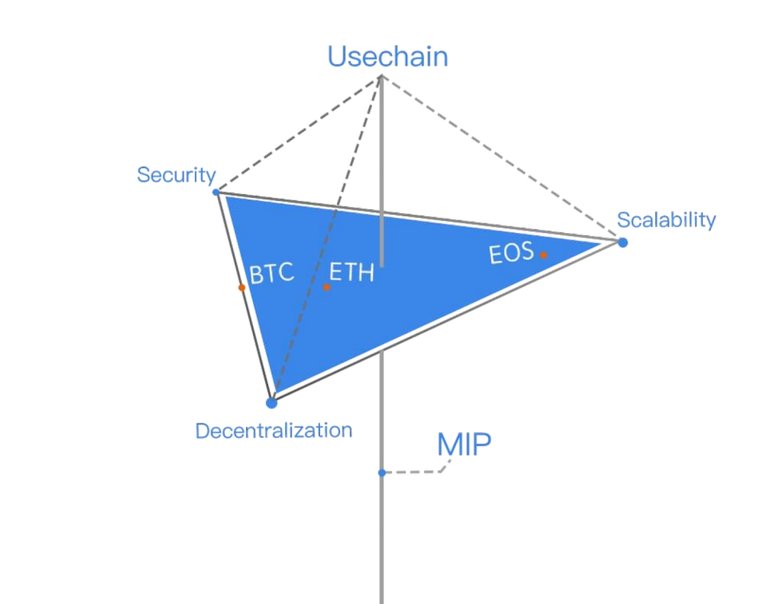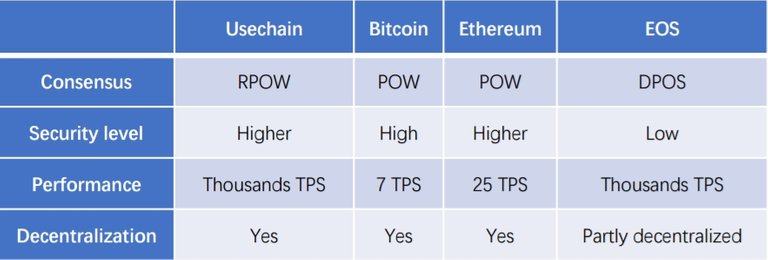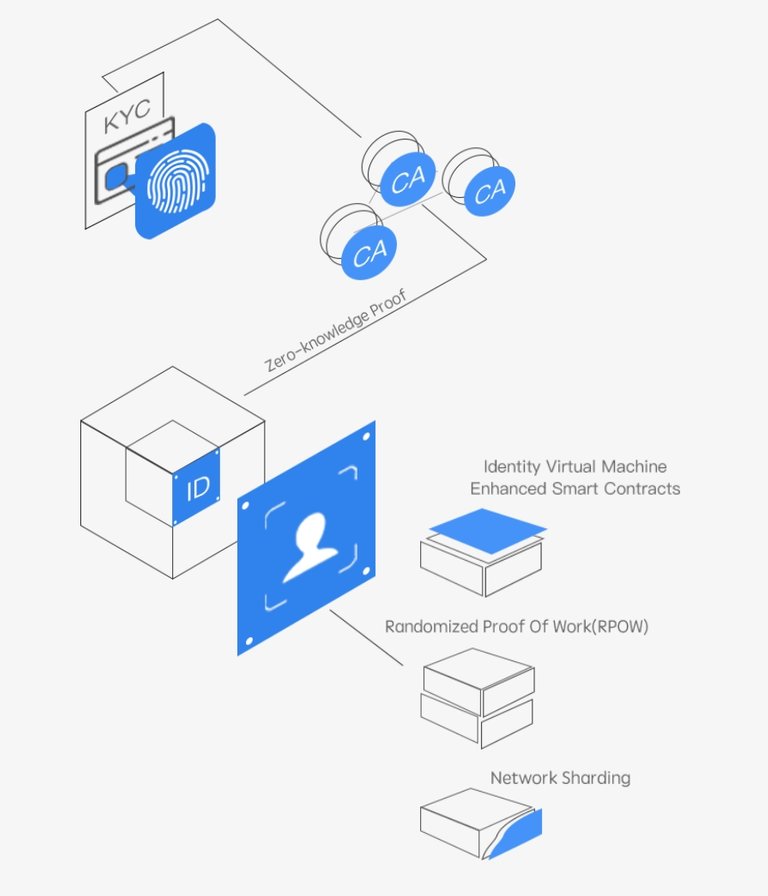Blockchain technology implementation is being explored by a large number of sectors and industries ranging from supply chain to financial services. While there is no doubt that the distributed ledger technology is one of the greatest innovations of recent times, it is likely that it will take a substantial amount of time before the technology is adopted widely. This is because several challenges are still associated with blockchain adoption, some of which are:
- Low Performance and high cost of transactions: Blockchains are having trouble in effectively supporting a large number of users on its network. Both bitcoin and ethereum, the leading blockchain networks have experienced slowed transaction speed with bitcoin processing an average of just 7 transactions per second while ethereum processes about 25 tps. This low throughput (rates at which transactions are processed) has been implicated in the cause of increased transaction cost experienced by users as they have to pay more for the already congested blockchain network to process their transactions
- High Technical difficulties: Building of decentralized application on blockchain is an extremely difficult task that requires a vast knowledge of coding and a wide use of technological resources. This has a negative effect on the massive adoption of blockchain amongst members of the public.
- Anonymity and transparency: While blockchain has been hailed by its fans for its anonymity and transparency feature, bitcoin as a relatively anonymous system based in blockchain could be used by fraudsters in performing illegal acts such as money laundering which puts users financial assets at risk, hence a massive decline in blockchain utilization by the masses.
- Consensus Algorithm: A problem specific to bitcoin and other cryptocurrencies such as Ether is perceived negative environmental impact which is caused by the limitation of the decade-old design of bitcoin and also due to bitcoin’s mining process that requires a “proof-of-work” to validate trannsactions. Proof of work is a mathematical algorithm that is essential to validate transaction in bitcoin blockchain and it consumes huge computational energy and power.
To solve the above mentioned listed challenges and many other scalability issues plaguing the blockchain network, USECHAIN has emerged.

Usechain aims to build a secure hardware based Trusted Execution Environment (TEE), and high-performance, attack resistant system for the purpose of achieving a high level consensus algorithm (RPOW) which is targeted at improving on blockchain’s security and performance, consequently ensuring that the use of blockchain technology system can be massively adopted by the public in their daily live activities.
Usechain utilizes the Random Proof-of-Work (RPOW) consensus algorithm rather than Proof-of-Work (POW) and Proof-of-stake (POS) as used by bitcoin and some other blockchain network to explore solutions to currently experienced bottlenecks on blockchain network.
DISTINGUISHING BETWEEN USECHAIN RPOW AND OTHER CONSENSUS ALGORITHM
POW is the basis for most popular and dominant cryptocurrencies e.g bitcoin. Its main protocol aims to protect against cyber-attack. POW is a mining and computer power based system in which miners are required to solve difficult mathematical problems to validate and authenticate transactions, this process is known as mining, and it requires a lot of computational energy and power, a demerit of existing blockchain system. Rewards are given to the first person to solve the problem after which verified transactions are stored on public blockchain. POW is utilized because it provides complete decentralization of power and control over the distribution and implementation of major technical and economic changes. However, the POW system requires that the hacker owns at least 51% of the network’s hash rate or computing power and this is possible with the activities of mining, hence POW does not guarantee an optimal performance and security on the blockchain network. The RPOW which is proposed by usechain to profer solutions to the lapses of POW is based on identity mapping and it is factored into the existing merits of the blockchain network to optimize the performance of system. Through random algorithms, miners are fested with difficulties to adjust the hash power distribution, thus increasing the efficiency of transaction confirmation and consequently encouraging the mass adoption of blockchain utilization by the public.
Also, the identity mapping feature of RPOW makes it possible for blockchain network to reduce the dependence on hashing power which in turn reduces the energy consumption of the system. The combination of the random algorithm with POW would also reduce the centralized effect of hashing power; resist attacks initiated by 51% hash power, thus enhancing maximal security of the network.

Other ways by which Usechain aims to improve transaction effciciency is by establishing a multi level correspondence mechanism between the on-chain address and identity of verified users i.e multi level authentication mechanism, network sharding technology, decentralized, secured, on-chain solutions that gives linear scalability and the use of identity virtual machine (IVM) to interact with underlying blockchains, subchains and external data for the purpose of extending application scenarios.
As a result of low energy and resource consumption by RPOW, usechain will be able to support mining of cryptocurrencies on mobile devices and this will to a great extent foster massive participation of the public on the usechain ecosystem.

TOKEN
Token to be used on the Usechain ecosystem is known as Usechain Token (UST), it is based on the ERC20 smart contract. It will serve as the means of payment for all participants on the ecosystem, UST will be used in completing transactions and will be used in exchange for goods and services
TOKEN INFORMATION
Name: Usechain Token
Token ticker: UST
Total Supply: 20,000,000,000 UST
Softcap: 1350 BTC
Hardcap: 4500 BTC
Currency for purchase: Ethereum (ETH), Bitcoin (BTC)
Kindly visit https://www.usechain.net/ for more information;
Whitepaper: https://www.usechain.net/usechain_en.pdf
Twitter: https://twitter.com/usechain
Facebook: https://www.facebook.com/UsechainFoundation/
Telegram: https://t.me/usechaingroup
Medium: https://medium.com/@usechain/
Bounty thread: https://bitcointalk.org/index.php?topic=3609821.0
Author's details:
Username: Crypto4ruby
Bitcointalk profile link: https://bitcointalk.org/index.php?action=profile;u=1788350
great idea for a project. usechain will get their share of a large market